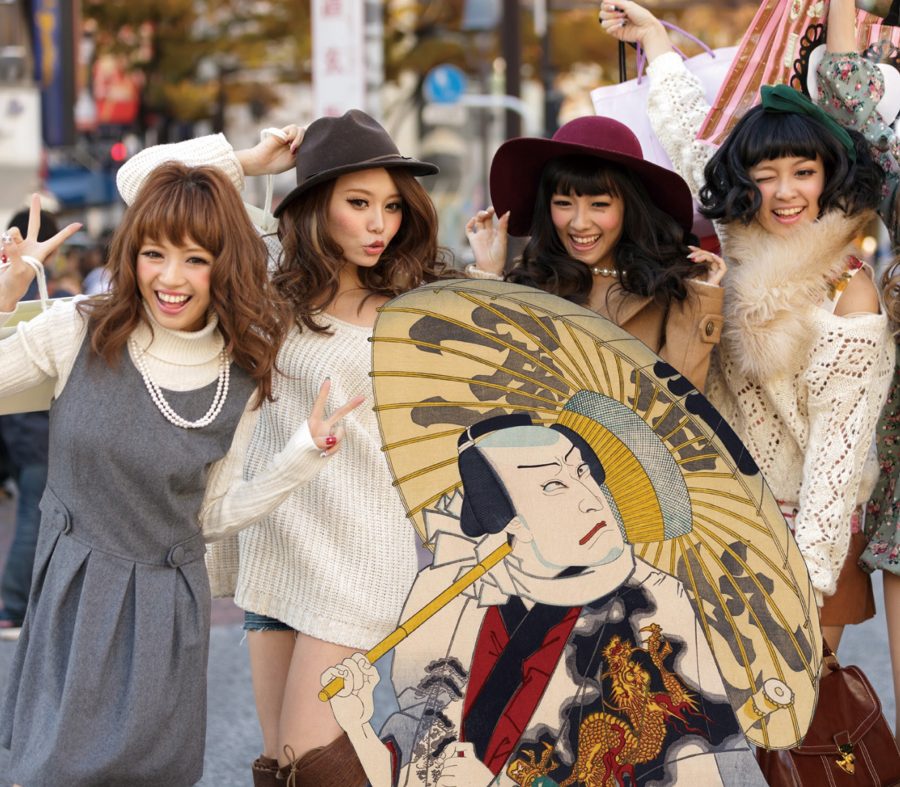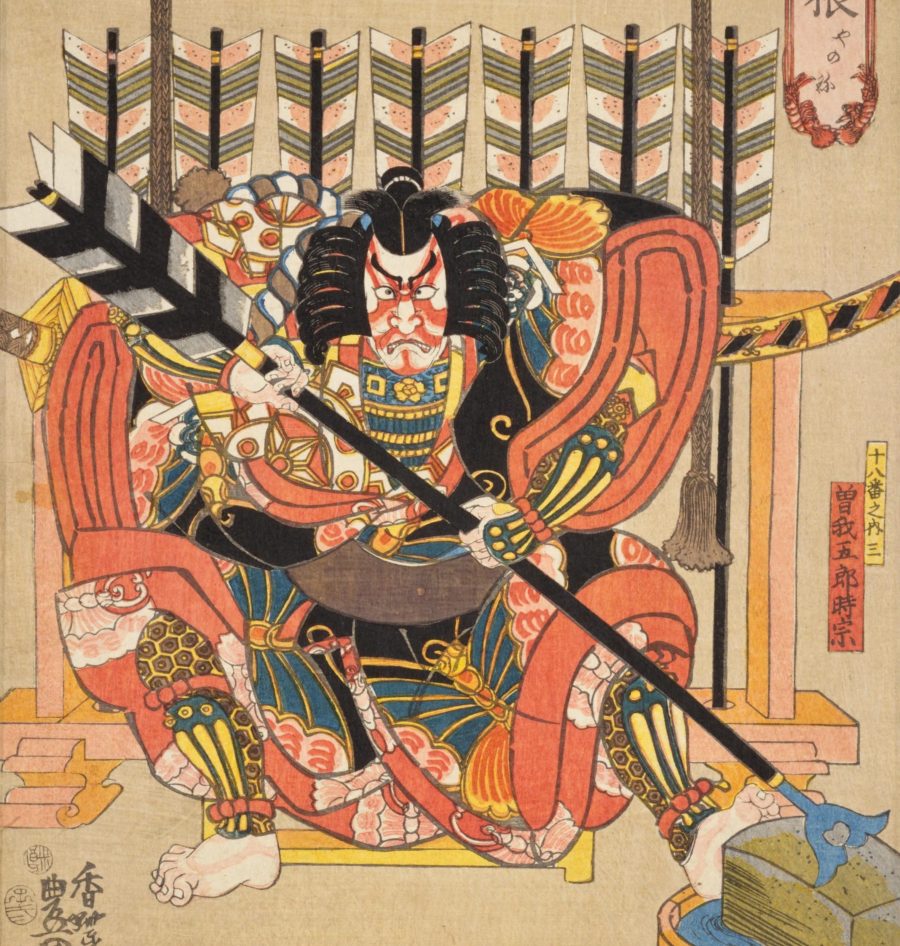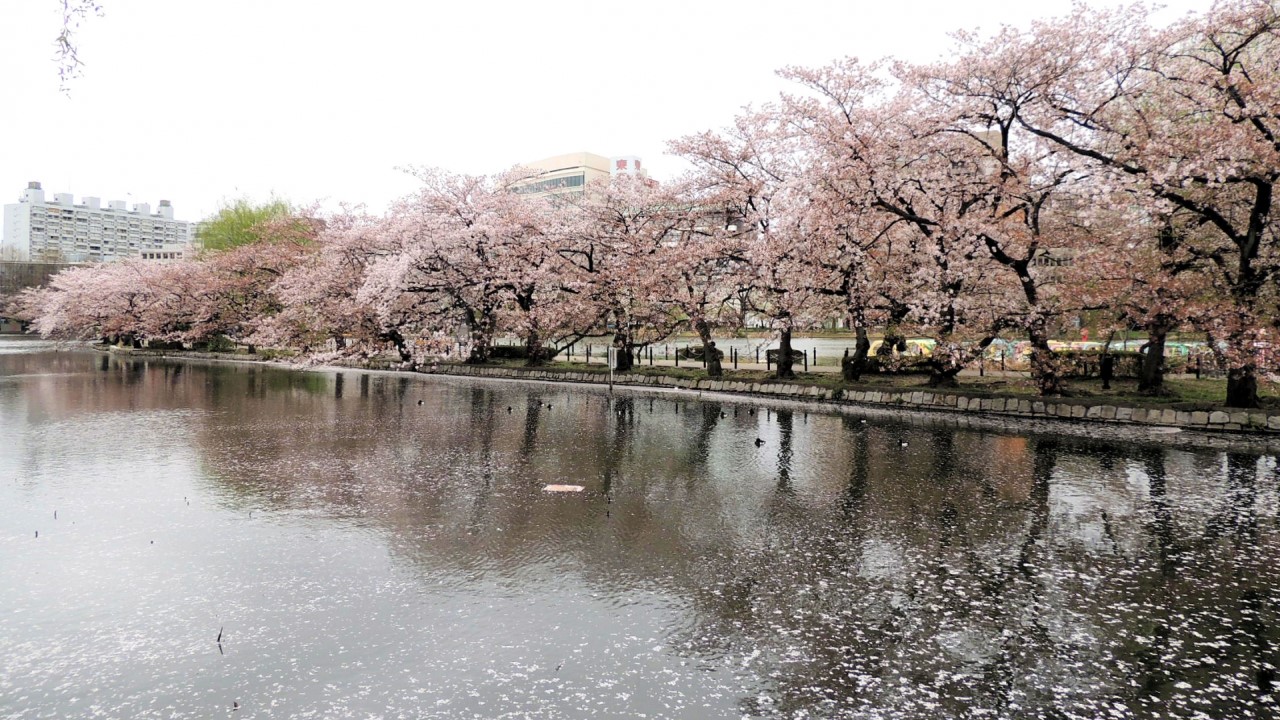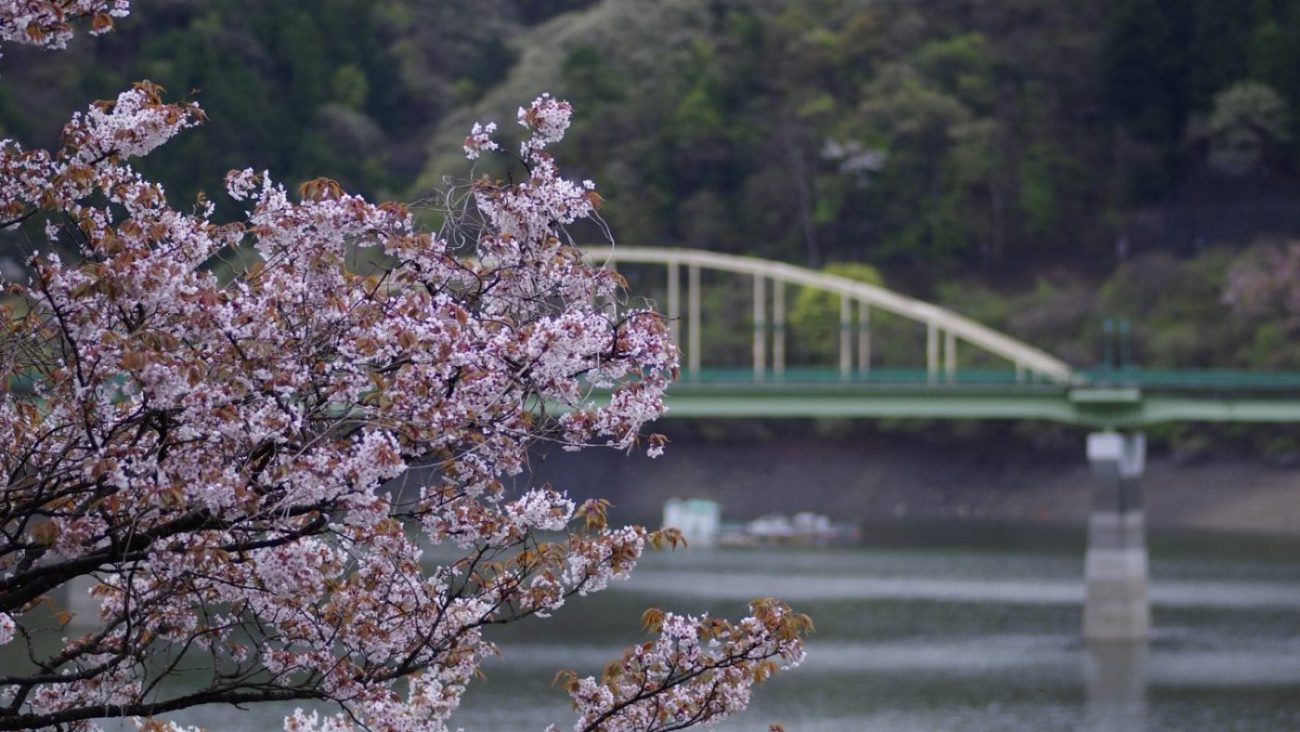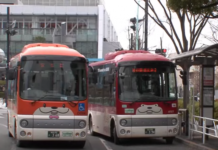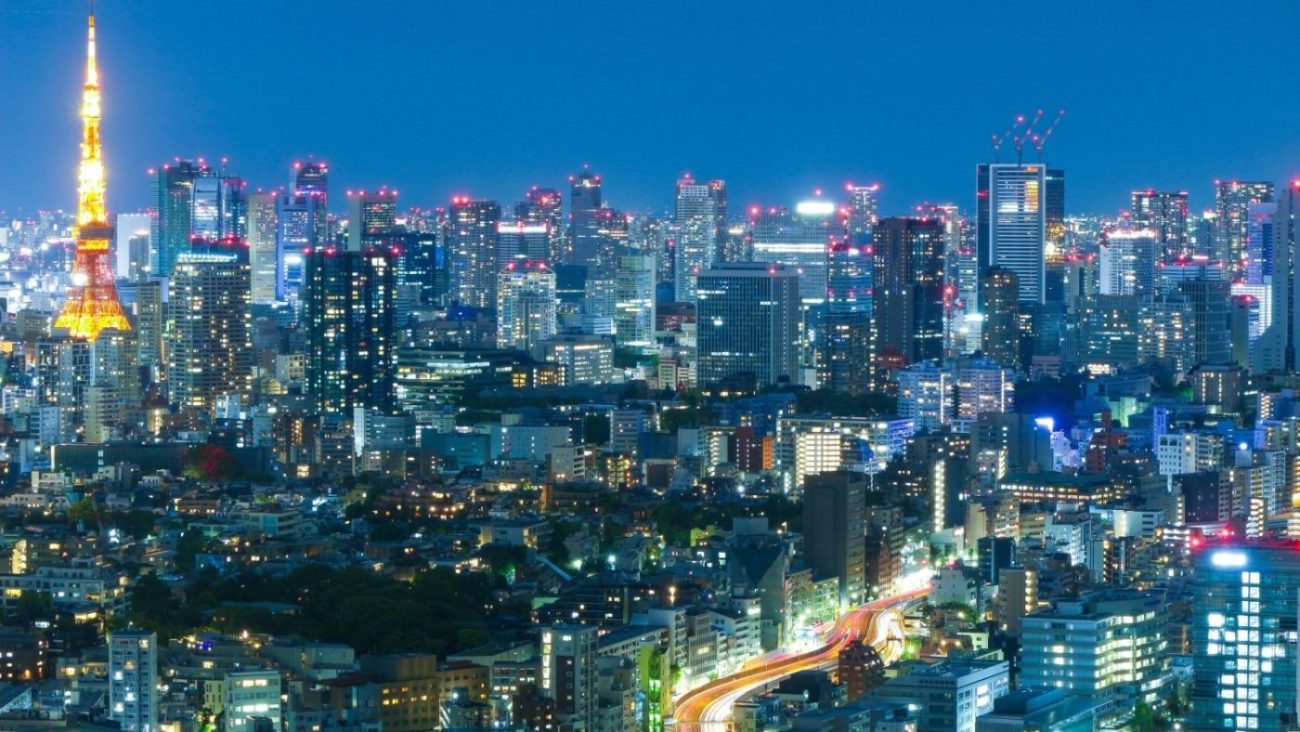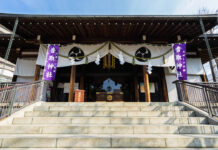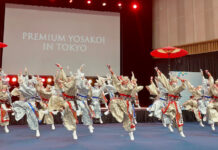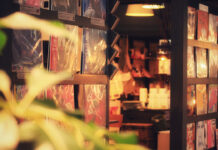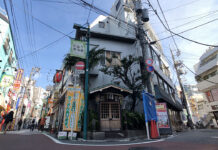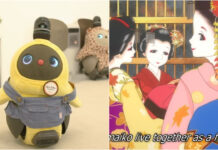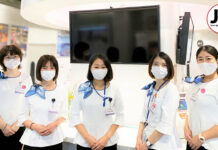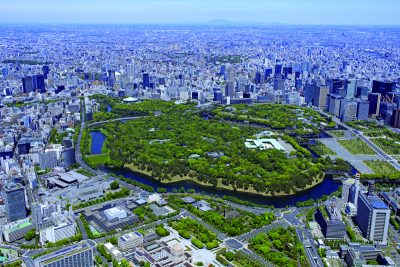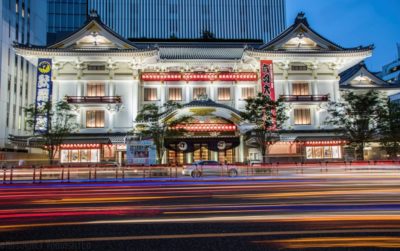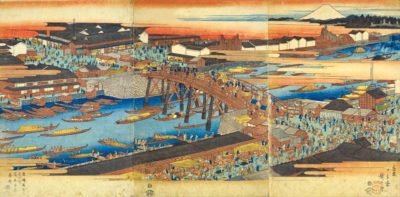Curious Edo People and Trendy Tokyoites
Shopping culture has been evolving, absorbing other cultural elements and remixing them into today’s shopping landscape. It isn’t just the businesses at the forefront of this innovation, but also the genuine curiosity and thirst that Tokyoites have for novelties that has been driving shopping trends forward. The inventive spirit of Edo people is a big reason why Edo, now Tokyo, has developed into such a metropolis. One cannot describe Tokyo today without the uniqueness of Edo culture and spirit, which is traditional while being unlike the Kyoto culture. As any healthy rivalry between major cities goes, Edoites, and now Tokyoites, have prided themselves in having more down-to-earth culture, as opposed to old Kyoto and all its frills.
The Difference Between Tokyo Fashion and Kyoto Fashion
This doesn’t mean Edo was uncultured or less cultured; they just approached things differently. We can think of it in terms of Kyoto being the mainstream elegance of the times, and Edo the innovative chic, the new and upcoming cultural center. In a fun twist, today’s Osaka contests this, claiming to be the more playful and humorous city culture in comparison to Tokyo, and so the friendly rivalry goes on.
It seems businesses have always been marketing-savvy – wherever the customers went, they followed. And in the Edo period they followed them right into the Kabuki theater. This pastime was perfect for ad placement, and kabuki actors became an early form of brand ambassadors, with everything from the kimonos they wore on stage to the food they ate as part of the plot becoming instant hits. One of the first celebrity trendsetters was the kabuki actor legend Danjuro, who was even rumored to have sold fans the water he bathed in!
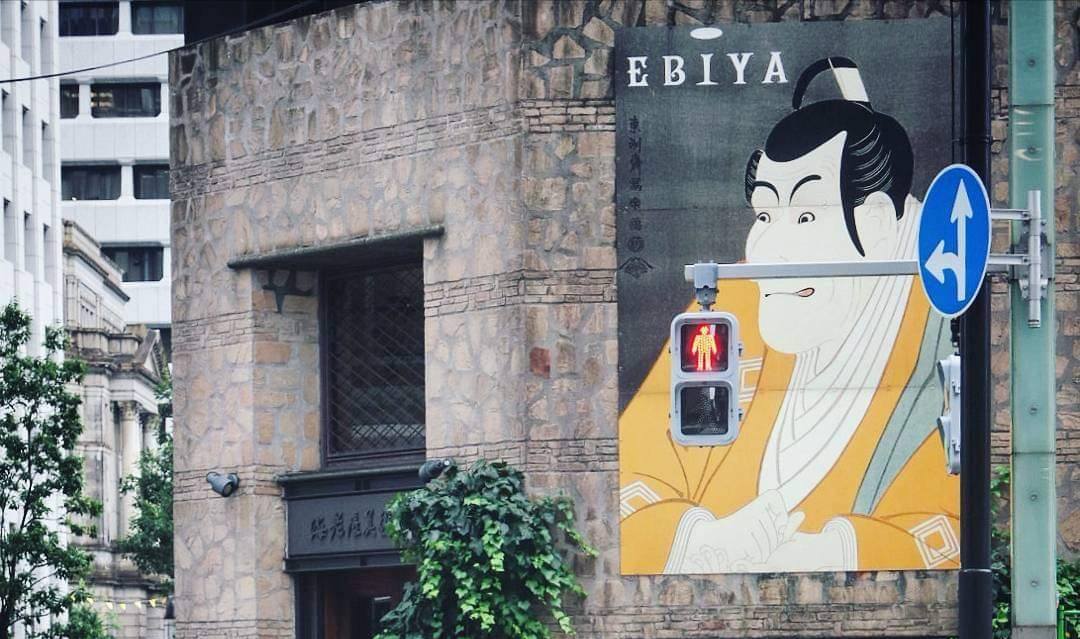
Credit: @Zoria’sTokyo+
What surprises many art lovers, is that the ukiyo-e prints gracing museum walls now, used to play an advertising role too. However, to put things into perspective, this would be like admiring witty and artsy posters today. Yes, technically they are used in ads. However, that does not diminish their artistic value. Moreover, kabuki and ukiyo-e also play a big part in today’s advertising. They appear on product designs and subway posters depicting good manners and so on.
Chasing Tokyo Trends
Most importantly, Edo people were always quick to catch onto a trend, and today’s Tokyoites are known for starting trends that spread like wildfire. The over-the-top, uber-kawaii Harajuku might come to mind, where youths gather to wear fashion that challenges every fiber of mainstream culture.
The nature of being counter-culture means constantly moving. True artists never get comfortable in a trend. In other words, the Harajuku of 2018 is not the Harajuku of 2008, much to some people’s chagrin. However, just like cherry blossoms, many people have also come to accept how transient these cultural trends are. Fashion followers decided to embrace the change. Harajuku style left the main Takeshita Street as tourists took over. As a result, it branched out into the back alleys of Ura-Harajuku or Cat street. It continues to constantly change.
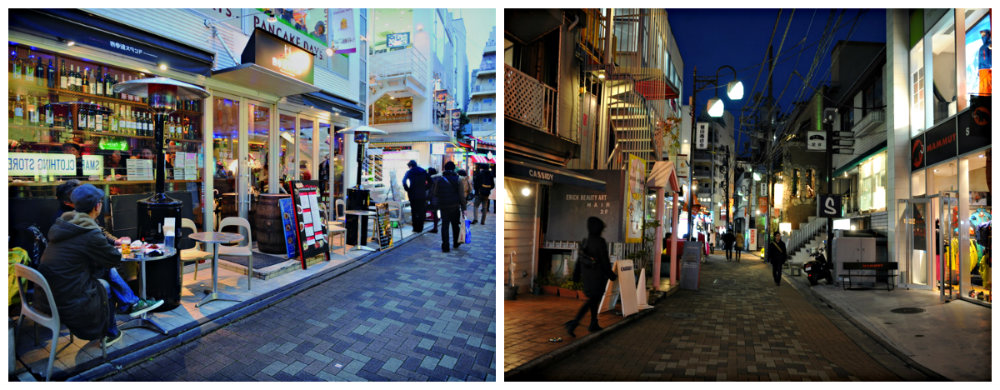
That’s how trends go. They rise and fall quickly, being in constant flux. Meanwhile mainstream culture is meant to be always challenged.
A Shopping Culture Seeking Something more Complex
As the successful Mitsukoshi model shows us, the shopping experience can be elevated by incorporating art and culture activities. This was also why kabuki and ukiyo-e worked so well with the shopping trends. It’s also why areas like Ginza thrived — not only because of its shopping options, but also its cafes. These cafes served as social gathering spots for artists. Furthermore, the streets provided a place for the first mobo (modern boys) and moga (modern girls) to strut in their cosmopolitan fashion.
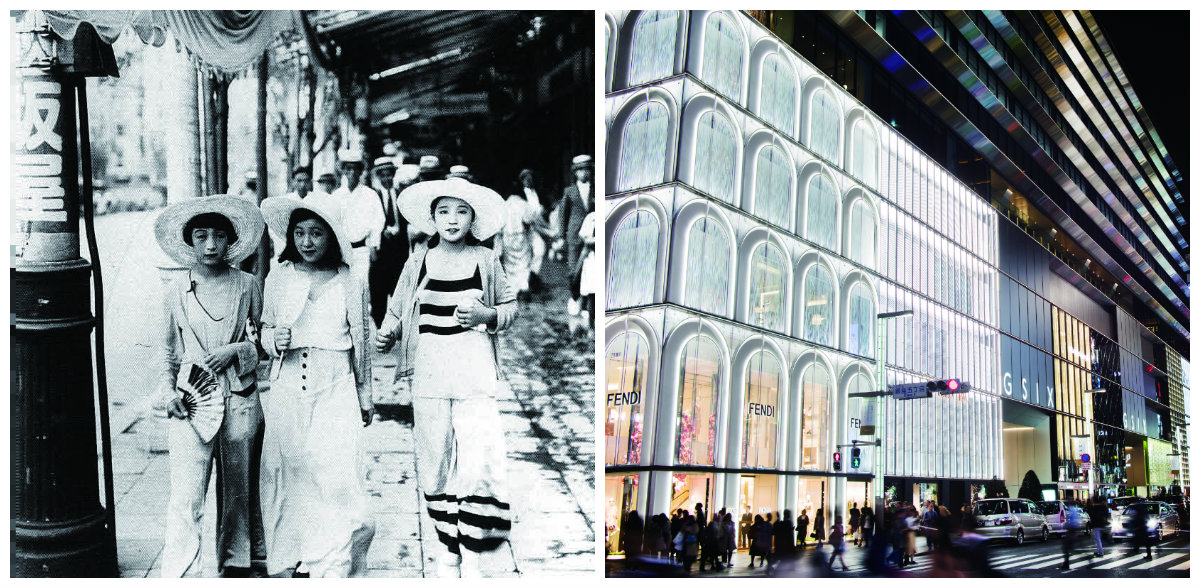
Moving towards that unison of shopping and arts and culture, Tokyo has seen the opening of modern shopping complexes like Tokyo Midtown and Ginza Six. These complexes consist of gardens and streams, exhibition spaces and whole galleries and museums, cinemas, shops and cafes. At the same time, they directly link to public transport stations for a seamless connection to city life.
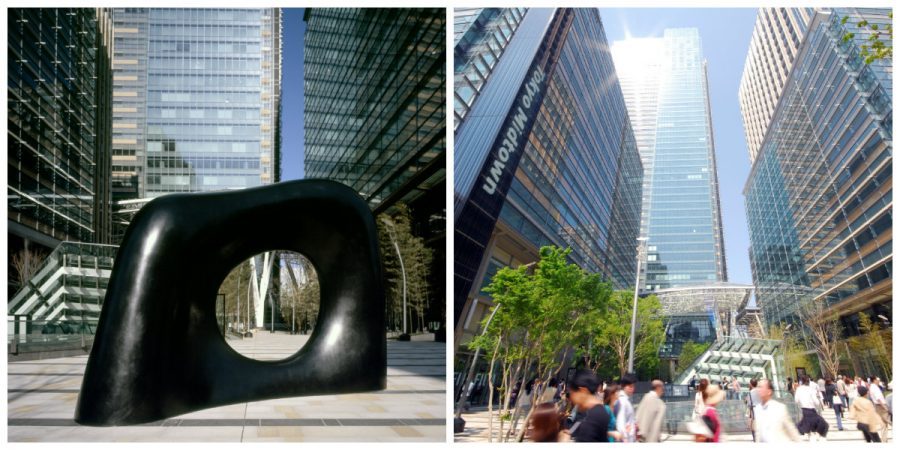
Today if you go shopping in the small neighborhoods, you’ll notice that that Tokyo’s local neighborhoods specialize in a certain kind of product. These Tokyo specialty shopping streets are often where new trends are born. Get a taste of Japanese culture while satisfying your shopping needs in Tokyo!
 0
0

